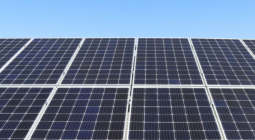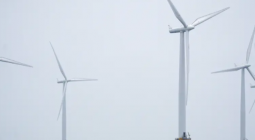Renewables on pace to provide only one-third of grid power by 2030

If current trends continue, renewable energy will provide roughly one-third of US electricity to the grid by 2030, although this could reach half of generation if deployment increases, according to data by the Energy Information Administration (EIA) and the Federal Energy Regulatory Commission (FERC).
Even this, however, would fall short of US President Joe Biden’s target of 80% renewable energy use by 2030, which is becoming unrealistic unless deployment substantially accelerates soon, sustaining levels of peak growth found in the last six years, EIA data shows.
The EIA’s Electric Power Monthly report revealed that renewable energy provided 22.5% of US electricity in the first four months of 2021. In 2011, the figure was 13.75%, meaning renewables added around 1% to its share of US energy supply each year.
Almost all of this growth in down to solar and wind, which rose from 3.3% in April 2011 to 13.9% in April 2021, with other forms of renewables basically unchanged over the decade at 9-10%.
If this trend continues, renewables will provide around one-third of US electricity generation in 2030. FERC data confirmed this scenario, showing that if the projected growth rate is sustained over this decade, renewables would provide approximately 38% of the nations electricity by 2030.
22 July 2021
IEEFA





